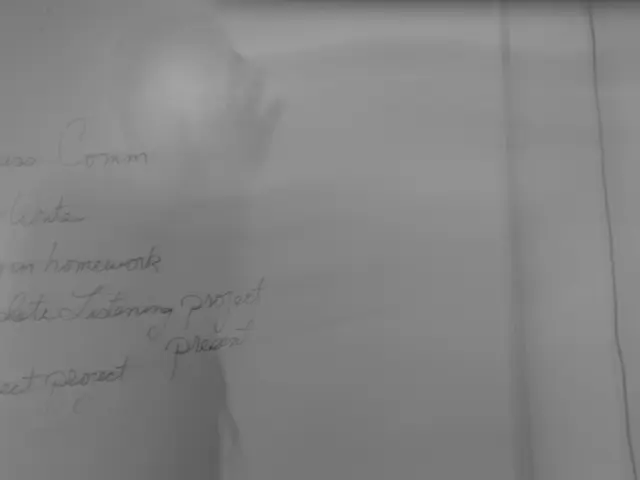Return of Rare German Watercrafts to Their Homeland Following a Long Land-Based Existence
Fresh Take:
After a Long Hunt, the Luftfahrttechnisches Museum Rechlin Finally Gets Its Hands on Two Rare Prototype Boats
It's been quite a journey for the Museum, but their persistence paid off! Recently, they've managed to secure not one, but two unique additions to their collection—the elusive "null boats." But bringing these marine mysteries to the Müritz was no walk in the park.
Fluctuating conditions saw these watercrafts hiding in plain sight, hidden away in a Langendorf garden on the Elbe in Lower Saxony. Slightly over 150 kilometers from the museum, these boats were part of the insolvency assets of the Deutsche Seeredei, which was stationed in Rostock.
Check out the video above for a sneak peek at the boats and their transportation process.
One of these boats had seen some action, painted in blue and white, and reportedly taken for a spin on the Müritz by its former owner, according to the owner's nephew. However, both boats had been parked indefinitely on land for a staggering 24 years. The nephew had been itching to get rid of them, but the steep transport costs always seemed insurmountable.
In December 2024, the Museum made its move and reached out to the owner, who was beginning to lose hope that the boats would ever find a new home. Preparations took about half a year, involving a 100-ton crane, a jib, obtaining specialized permits, and fabricating a robust frame to secure the boats during transport.
Torsten Heinrichs, chairman of the support association for the Luftfahrttechnisches Museum Rechlin, fondly recalls the day they finally cleared and made the boats transport-ready. He credits the transport company Friedhelm Bub for their dedication to tackling such challenges.
"These boats may just be ocean-dwellers, but they're more than just curiosities to us," says Heinrichs. Local residents have even expressed interest in helping with restoration efforts! In fact, a former laminator at the Rechlin shipyard where the boats were originally built has offered his assistance.
Heinrichs has personal connections to these prototype boats; he was part of their testing team and has been searching for similar models in Australia and Brazil since 2013. However, finding willing sellers has been quite the challenge. One model he located in St. Petersburg was converted into a vacation rental, and the owner was unwilling to let it go.
Now safely in the Museum's courtyard, these "GAL 8.0" and "G 6.6" boats, named for their self-aligning, self-draining capabilities, are not just any ordinary watercraft. These prototypes underwent the approval tests of various classification societies, making them quite significant in maritime history.
The larger of the two, the "GAL 8.0" from 1983, and the smaller "G 6.6" from 1989, represent years of ingenious design by the Rechlin shipyard, which was ahead of its time. In fact, other shipyards were still playing catch-up when Rechlin had already seized the lead in the market.
Celebrating a Milestone
The successful retrieval of the boats was a cause for celebration in the Langendorf community. A local festival was thrown the very day the boats were transported, with residents eager to partake in the festive atmosphere.
With these rare prototype boats now under their watchful eyes, the Museum is excited to bring them back to life and share their remarkable history with visitors. In the meantime, Heinrichs says they'll rely on the support of enthusiastic locals and established maritime experts to restore these treasures to their former glory.
The addition of the rare prototype boats to the Luftfahrttechnisches Museum Rechlin collection signifies a significant leap in the museum's maritime history.
As these boats were once at the forefront of technology in the industry, their restoration represents a productive intersection of lifestyle, general-news, and technology, capturing public interest and fostering community engagement.








